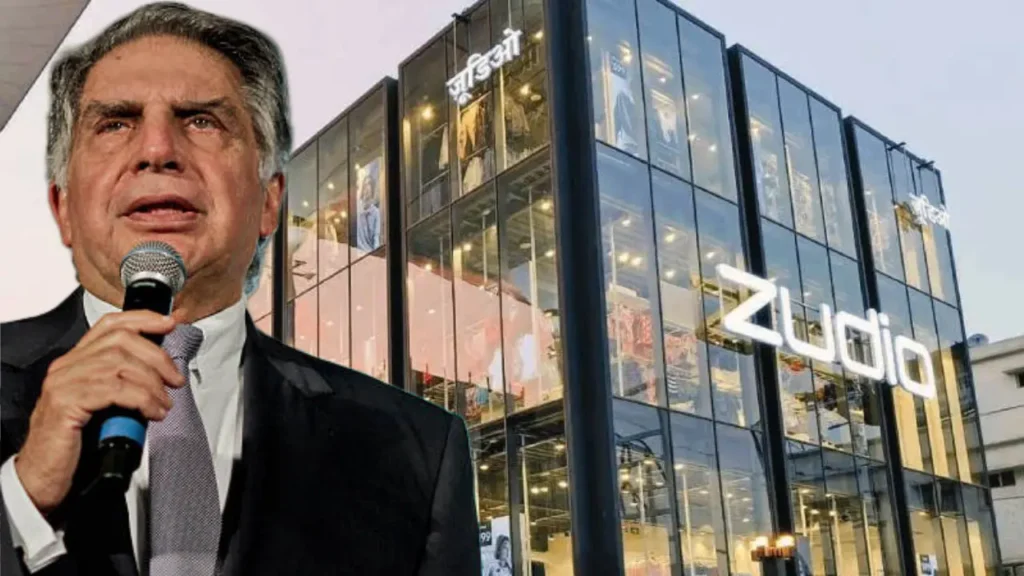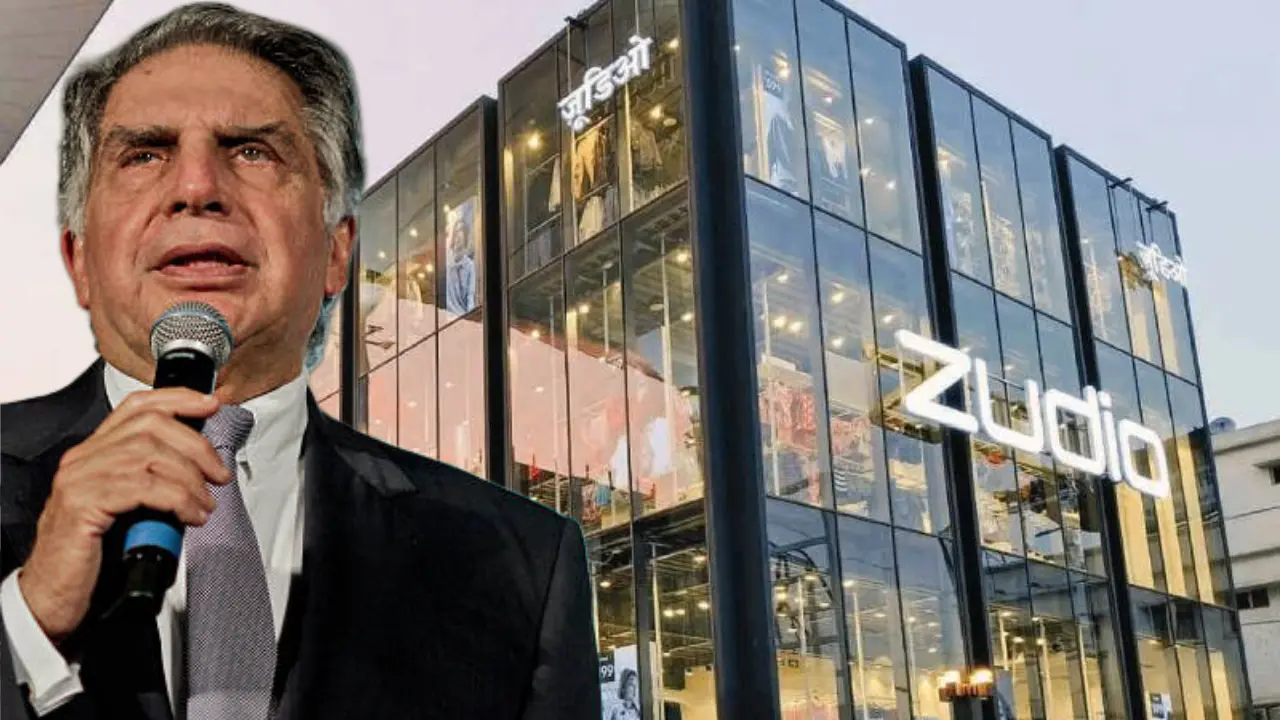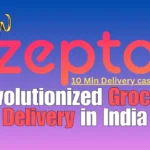In a world dominated by established fashion giants like H&M, Zara, and Reliance Trends, one brand has quietly disrupted the industry and captured the hearts of millions—Zudio, a Tata Group venture. Launched in 2016, they have rewritten the rules of retail with their unique approach, offering affordable yet trendy fashion to India’s burgeoning middle class. But what makes Zudio such a runaway success?

This article delves into the secret strategies behind Zudio’s rapid rise, uncovering how it has opened over 350 stores in just six years, reached an astounding ₹3,200 crore in annual sales, and become a household name. From targeting the right audience to minimizing costs and relying on organic growth, Zudio’s story is a lesson for aspiring entrepreneurs and established businesses alike.
As you read, you’ll discover how Tata Group combined innovation, frugality, and a deep understanding of consumer behaviour to create a brand that thrives without flashy marketing campaigns or high-end locations. You’ll also learn how Zudio’s strategies can serve as a blueprint for launching and scaling your own business in today’s competitive landscape.
So, sit back and prepare to be inspired by the tale of how an unassuming brand became one of India’s fastest-growing retail success stories. Whether you’re a business owner, a curious consumer, or a budding entrepreneur, this study is packed with insights you won’t want to miss.
Table of Contents
Tata Group’s Zudio: What’s the Secret?
Have you ever wondered how Zudio, a brand often described as “Lappu sa brand hai” or “Jheengur se store hai,” has achieved phenomenal success despite minimal marketing? Let’s uncover its story step-by-step.
- Zudio doesn’t advertise.
- No product is priced above ₹999.
- Stores are outside of prime locations.
- Yet, people flock to Zudio!
In just six years, They have opened 352 stores and achieved ₹3,200 crore in sales. It has emerged as a tough competitor to top players like Reliance Trends, H&M, Zara, and Westside.
What makes Zudio special?
Even big brands are puzzled: “How has Zudio become so popular despite its limitations?” This is not just a case study but a blueprint for launching a successful business in today’s world.
The Zudio Strategy: 5 Key Approaches
These strategies not only fueled Zudio’s growth but can also be applied to any business.
1. Identify the Right Audience
They differentiated between two groups:
- India Rich peoples (Tier 1 cities) – The wealthy elite.
- Bharat middle-class people(Tier 2 and Tier 3 cities) – The middle-class majority.
Most fashion retailers focused only on the “India” group, offering premium products at high prices. But Tata Group saw the untapped potential of “Bharat middle-class people,” who aspired to good-quality, affordable fashion.
In 2016, Zudio launched in Bangalore with a clear vision:
- Offer fast fashion (trendy products) at affordable prices.
- Cater to Bharat’s middle-class consumers.
Products start at ₹49, and nothing exceeds ₹999. A plain shirt at Zudio costs ₹199, compared to ₹1,000 at Reliance Trends or ₹600 at Westside.
2. Low Cost of Purchase
How does manage to keep prices so low?
1. Minimal Design Costs:
- He avoids hiring expensive designers.
- It replicates existing popular designs or sticks to simple, plain styles.
2. No Manufacturing Overheads:
- They operate on a private-label model, outsourcing production to vendors.
- Multiple vendors provide a wide range of products, ensuring quick stock rotation.
3. Fast Adaptation:
They can introduce new products within 15 days of spotting a trend.
Stores refresh their inventory every week, mimicking Zara’s strategy.
3. FOCO Model (Franchise Owned, Company Operated)
They adopted the FOCO model to scale rapidly:
- Franchise partners invest in building stores.
- Tata Group manages operations and takes a revenue percentage.
This approach allows Zudio to expand without heavy capital expenditure.
Store Growth Timeline:
- 2018: 7 stores
- 2019: 40 stores
- 2020: 80 stores
- 2023: 396 stores (projected to reach 500 by year-end).
4. Strategic Location Choices
They avoid high-rent prime locations.
- Stores are opened in suburban areas or smaller cities where rents are lower.
- Larger stores stock more products to maximize per-square-foot revenue.
Per-Square-Foot Revenue:
- Industry average: ₹8k-10k
- Zudio: ₹12k-15k
5. No Marketing Costs
Unlike competitors, they do not advertise.
- No celebrity endorsements or TV commercials.
- Word-of-mouth marketing drives its growth.
Phenomenal Growth
Here’s how Zudio’s revenue grew:
- 2018: ₹144 crore
- 2020: ₹500 crore
- 2023: ₹3,252 crore (6.5x growth in two years).
Want to Invest in Zudio?
It is part of Trent Limited, a Tata Group company that operates Westside. If you believe in Zudio’s growth story, consider researching Trent Limited’s shares (not a financial recommendation—do your due diligence).
Their success is a masterclass in understanding your audience, controlling costs, and scaling efficiently. Share this case study and reflect on how you can apply these lessons to your own business.
Audi Success Story: Case Study of Audi and Future of Luxury Mobility
Mercedes-Benz: World’s First Car Success Story
Ford Sucess Story: The Incredible Rise of Henry Ford
Walmart success story, history and case study
The Rise and Fall of Reebok: Success story, case study
About the Zudio case study
Zudio’s meteoric rise is not just a testament to the Tata Group’s business acumen but also a powerful example of how understanding your audience and optimizing operations can lead to unparalleled success. By focusing on Bharat’s middle-class consumers, adopting cost-effective strategies like outsourcing production, and embracing the FOCO model for store expansion, they have carved out a unique niche in the competitive fashion retail market.
But Zudio’s story is more than just a business study; it’s a roadmap for thriving in a rapidly changing world. The brand’s ability to identify gaps in the market, maintain affordability, and build trust without the crutch of heavy marketing demonstrates that success doesn’t always require deep pockets—it requires smart thinking and relentless execution.
For businesses across industries, they offer invaluable lessons: know your audience, keep your costs low, and prioritize volume over margin. These principles, when applied correctly, can transform a modest idea into a market leader.
As titcontinues to grow and redefine the retail landscape, one thing is clear: its journey is far from over. Whether you’re looking for inspiration to launch your next big idea or aiming to refine your business strategy, Zudio’s rise serves as a shining example of how to win in the new world of commerce.
So, what’s your takeaway from Zudio’s story? Share your thoughts, and most importantly, start applying these lessons to your business today. The path to success is closer than you think—just like They proved, sometimes all it takes is a fresh perspective and the courage to think differently.
Thank You! Jai Hind!










